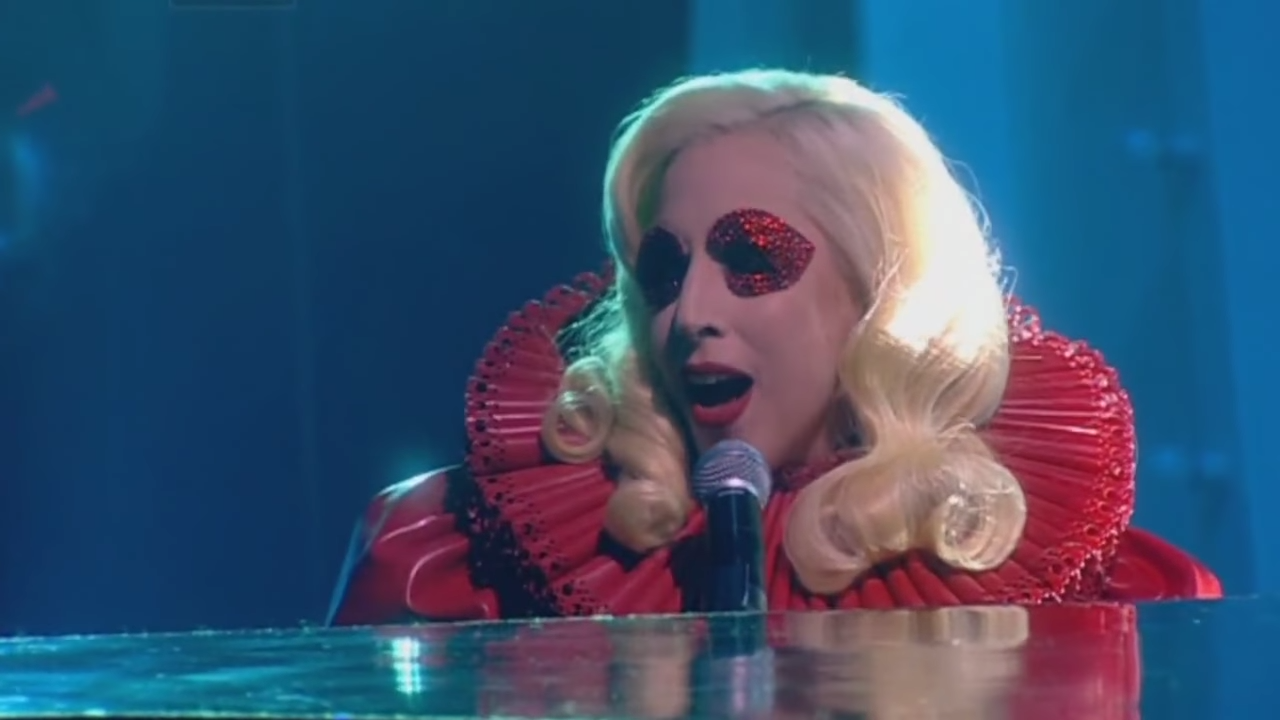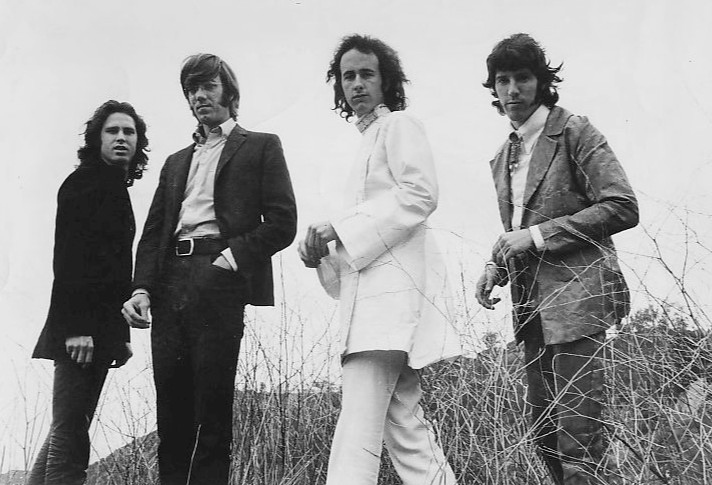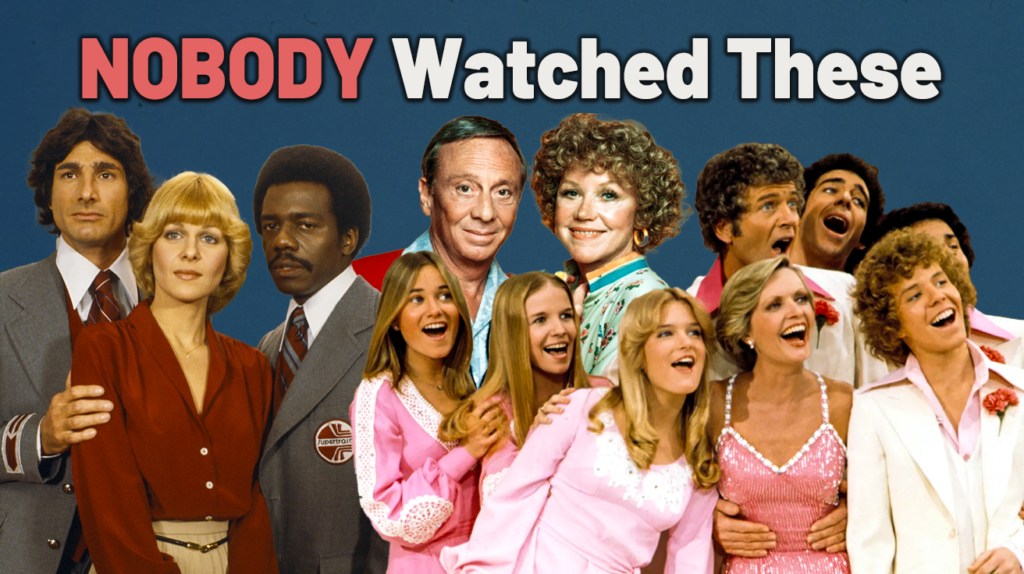
The most expensive TV show of the 1970s never made it past nine episodes. NBC’s Supertrain represented the peak of network television excess in 1979. The nuclear-powered luxury train concept cost more than ten average shows combined. Production delays and technical disasters doomed this ambitious experiment from the start.
This failure revolutionized how networks evaluate new shows. From misguided spin-offs to cultural missteps, here are the fifteen most notorious television experiments that crashed and burned in the 1970s.
15. Mr. T and Tina
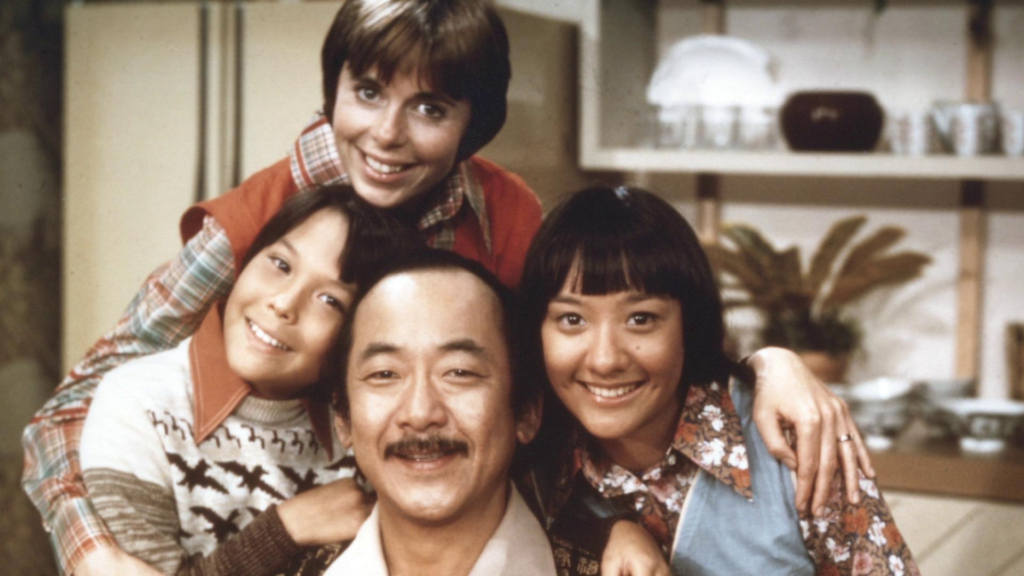
Pat Morita starred in this ABC cultural clash comedy following his success on Happy Days. Premiering in September 1976, Mr. T and Tina attempted to explore Japanese-American relations through the story of a widowed inventor and his American housekeeper. Nine episodes aired before cancellation, making it one of the earliest network attempts at Asian representation in prime time. While groundbreaking in concept, the show’s reliance on cultural stereotypes and broad humor led to its quick demise, affecting how networks approached cultural diversity in programming for the next decade.
14. Blanksy’s Beauties
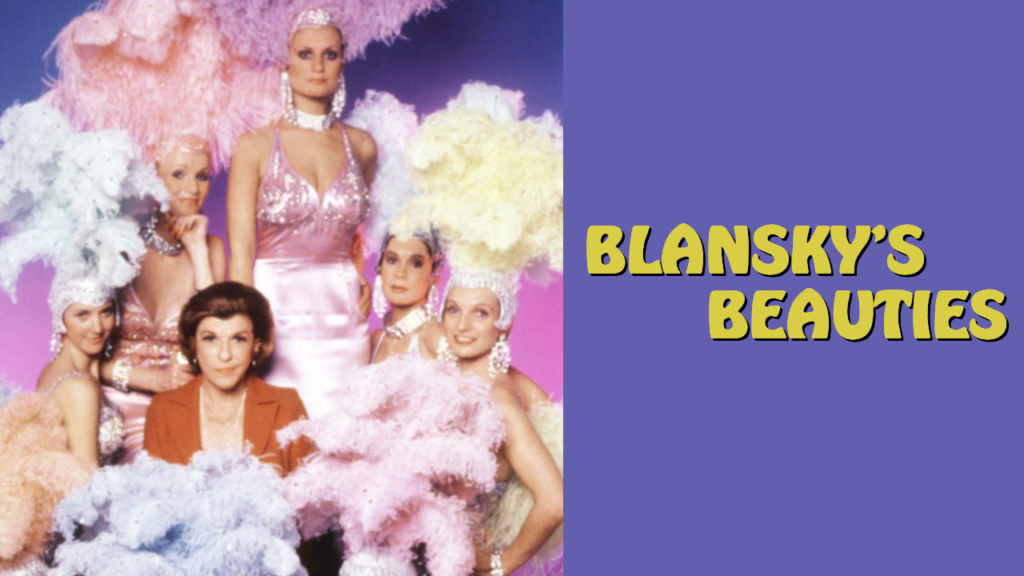
This Happy Days spin-off crashed onto ABC in February 1977, starring Nancy Walker as a Las Vegas cousin of the Cunningham family. Thirteen episodes of Blansky’s Beauties attempted to combine showgirl glamour with family-friendly comedy. Think of it as The Love Boat meets Vegas, but with significantly less charm. The show’s failure marked the first crack in the Happy Days spin-off empire, leading networks to reevaluate their franchise expansion strategies.
13. All That Glitters
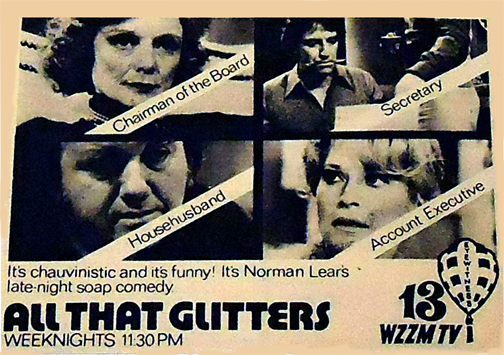
Norman Lear’s All That Glitters attempted to revolutionize television in 1977 with its gender-role reversal premise. This syndicated series presented a world where women held all positions of power while men faced workplace discrimination. 65 episodes were produced before the controversial show ended its run. You might be surprised to learn that All That Glitters featured early appearances by Linda Gray and Charles Lane. The show’s ambitious concept proved too progressive even for the socially conscious 1970s audience.
12. Co-Ed Fever
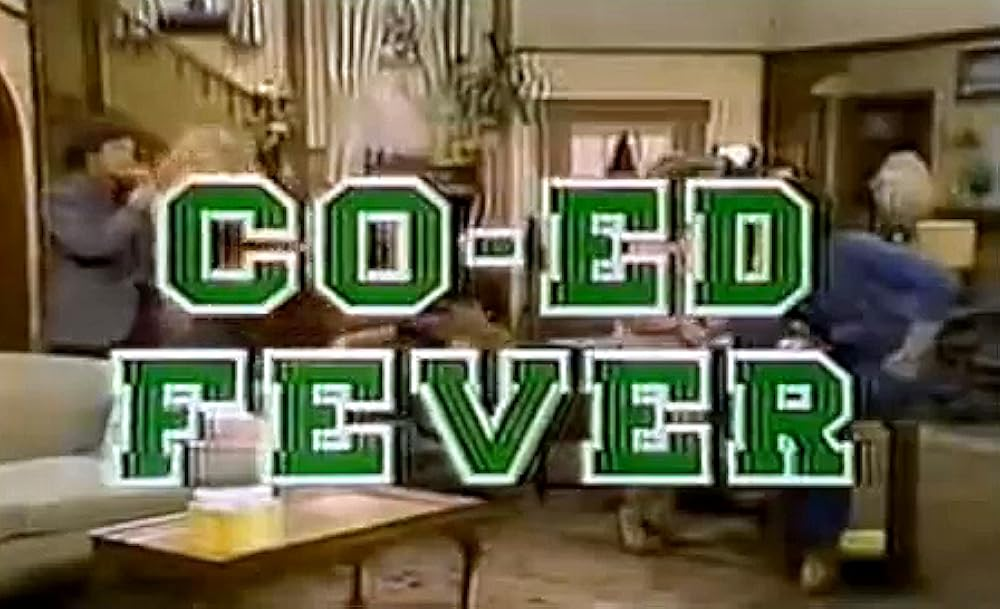
CBS launched Co-Ed Fever in February 1979 as their answer to Animal House’s success. If you’ve ever wondered how quickly a show can fail, this comedy about a women’s college going co-ed holds the record – only one episode aired before cancellation. The network spent $400,000 on the pilot episode alone, featuring a cast of unknown actors in what was meant to be a groundbreaking series about college life. Co-Ed Fever’s spectacular failure ended the brief trend of campus-based sitcoms in prime time.
11. The Texas Wheelers
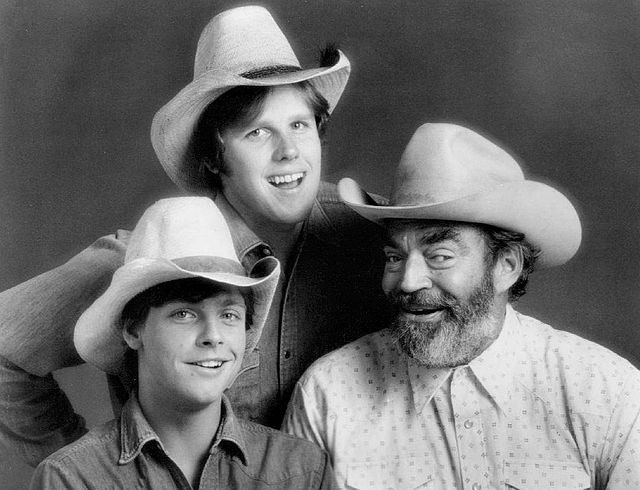
The Texas Wheelers debuted on ABC in September 1974, bringing a peculiar mix of rural comedy and social commentary. Eight episodes of this unconventional series starred Jack Elam as an unreliable father returning to raise his four children after their mother’s death. You might recognize Gary Busey in one of his earliest roles as the eldest Wheeler son. Despite MTM Enterprises’ strong track record, The Texas Wheelers’ dark humor and unusual tone led to its quick cancellation, influencing how networks approached rural-themed programming for years to come.
10. The Brady Bunch Hour
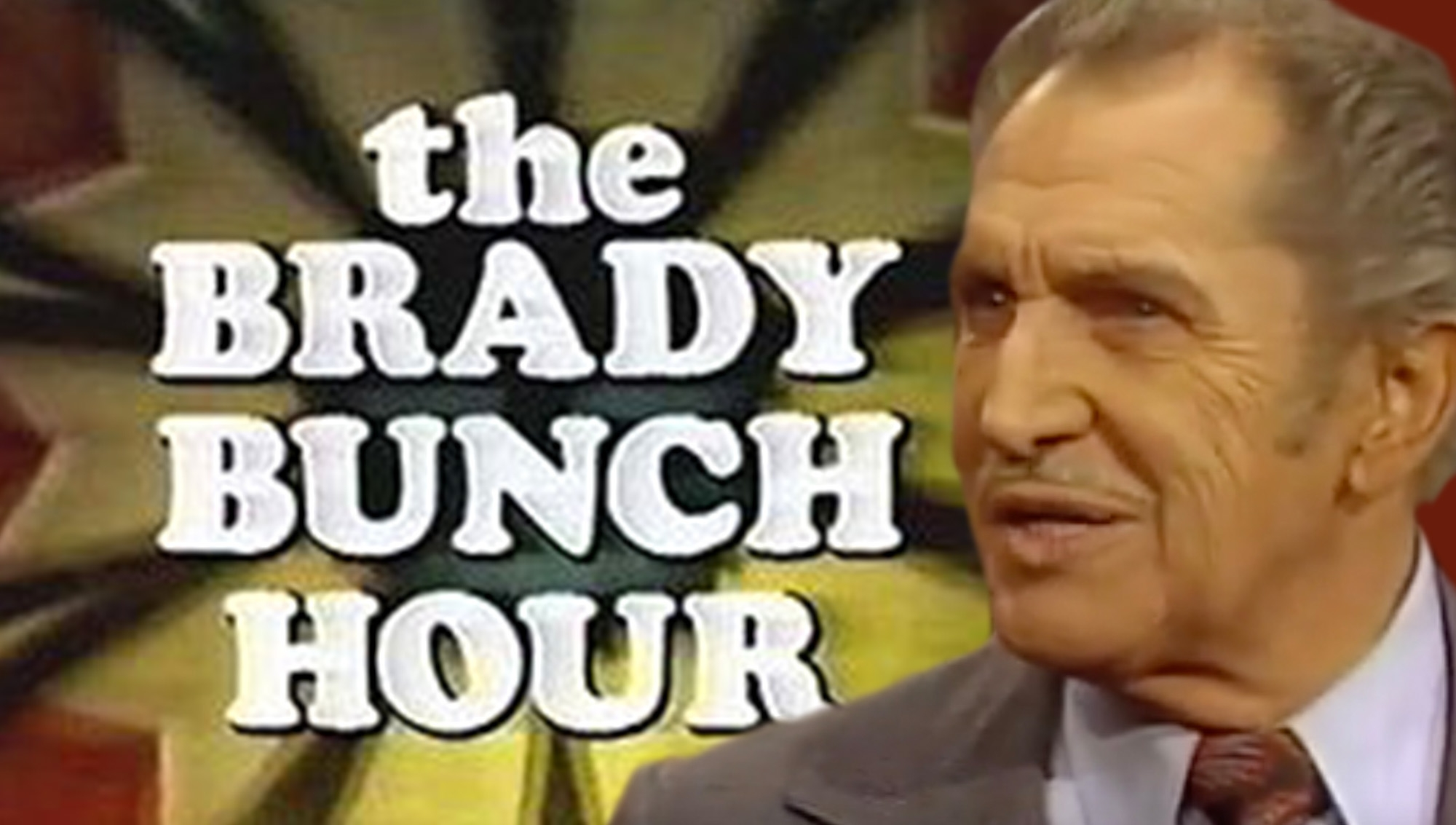
If you loved the original Brady Bunch, this 1976 variety show might have shocked you. Nine episodes aired between fall and spring, featuring the original cast except Eve Plumb. The Water Follies synchronized swimming troupe joined the Brady family for weekly musical performances. Florence Henderson’s Broadway experience provided occasional highlights amid the chaotic production. The show’s failed experiment effectively ended the variety show genre’s dominance in prime time television.
9. Hello, Larry
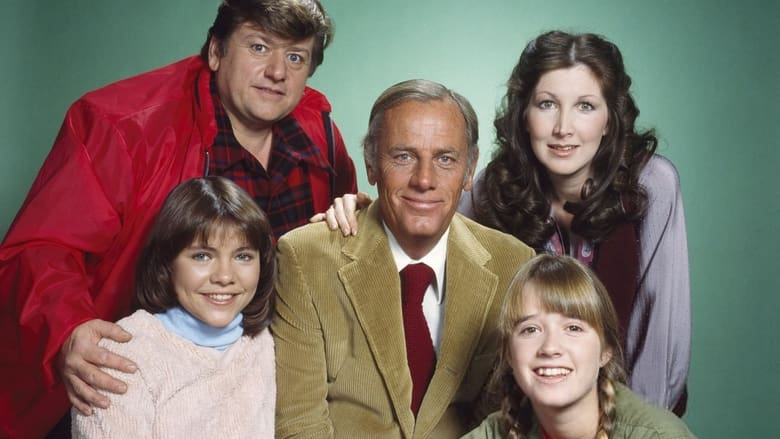
Hello, Larry debuted on NBC in January 1979, following McLean Stevenson as a radio talk show host relocating to Portland with his teenage daughters. Thirty-five episodes of this doomed sitcom spanned eighteen months before concluding in March 1980. You might recognize Hello, Larry as television’s favorite punchline – even Johnny Carson couldn’t resist mocking it in his nightly monologues. The series’ spectacular failure changed how networks approached post-hit show casting.
8. Me and the Chimp
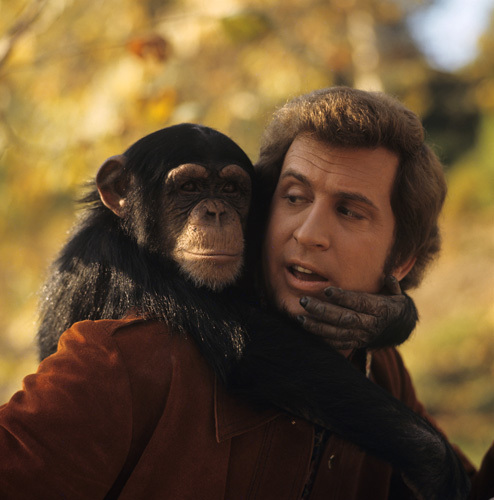
CBS launched this January 1972 comedy starring Ted Bessell as dentist Mike Reynolds. Thirteen episodes chronicled the family’s misadventures with their newly adopted chimpanzee, Buttons. Think of it as the original “My Pet Project Gone Wrong” – production halts occurred frequently due to the unpredictable animal performer. The show’s collapse led to a decade-long network ban on prime-time series featuring non-domestic animals as main characters.
7. Holmes and Yoyo
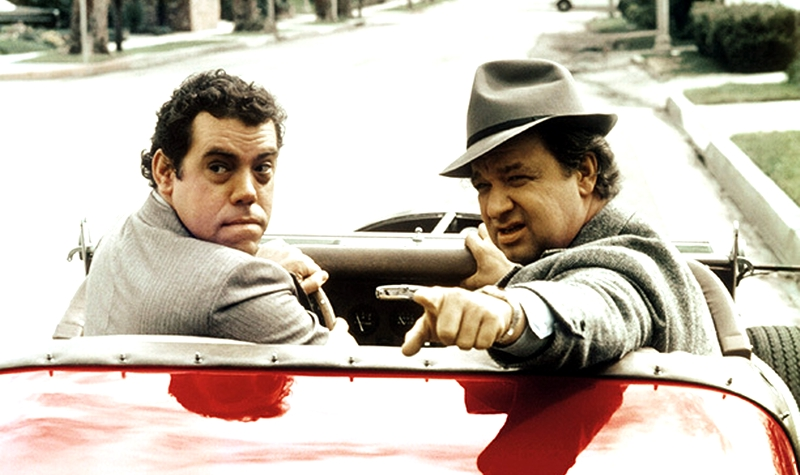
ABC’s fall 1976 entry into science fiction comedy paired Detective Alexander Holmes with an android partner. The series aired 13 episodes before December cancellation. Richard B. Shull and John Schuck starred as the mismatched partners, facing weekly technical challenges with the robot effects. This failed experiment convinced networks to separate their science fiction and comedy programming for the next five years.
6. The Ropers
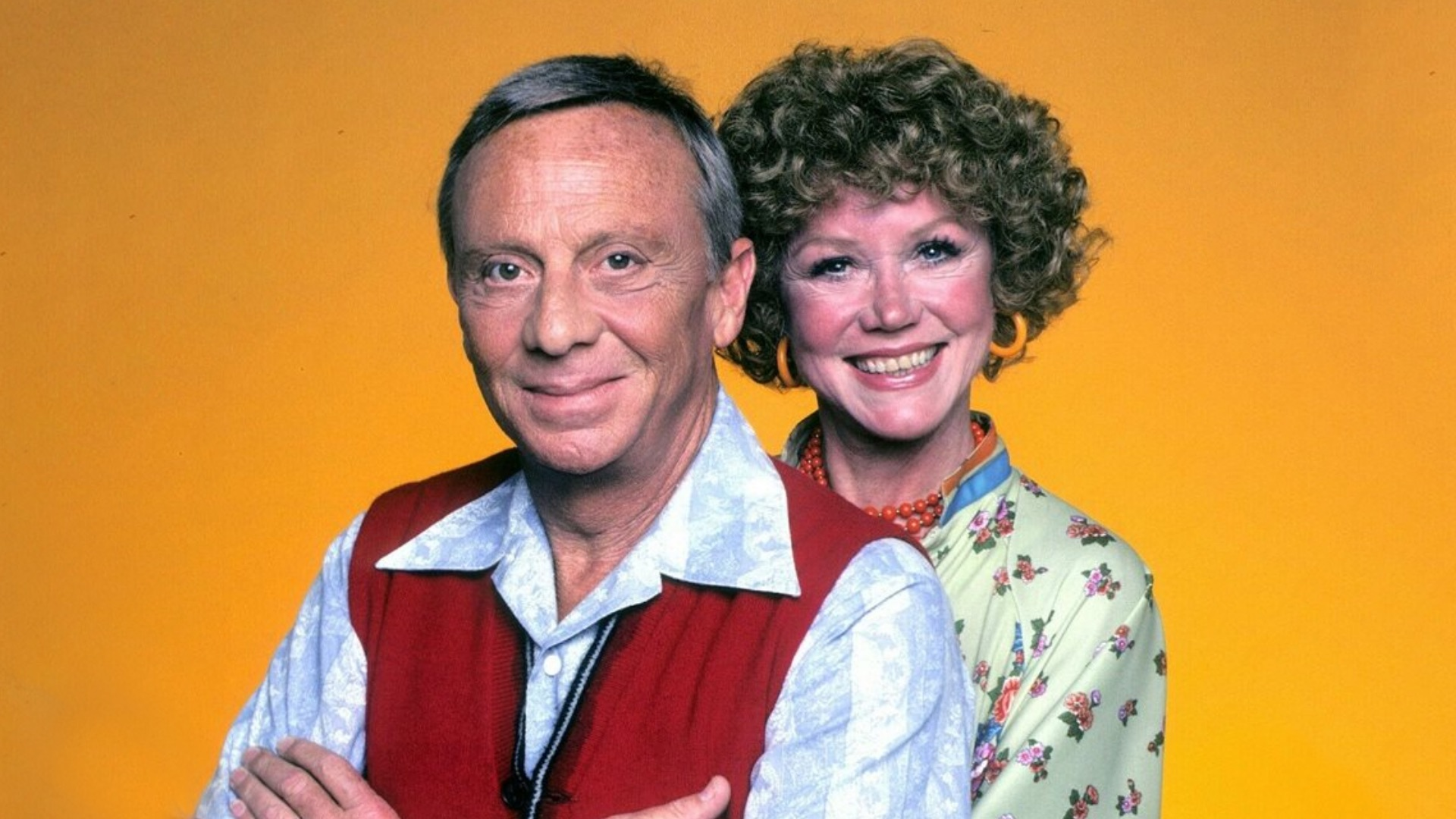
The Ropers spun off from Three’s Company in March 1979, taking the beloved landlords to a new setting. This sitcom starred Norman Fell and Audra Lindley as Stanley and Helen Roper in their new upscale neighborhood. Twenty-eight episodes of The Ropers aired before May 1980, when ratings dropped 42% from the premiere. The Ropers’ quick demise established new industry guidelines for spin-off timing and character selection.
5. Flatbush
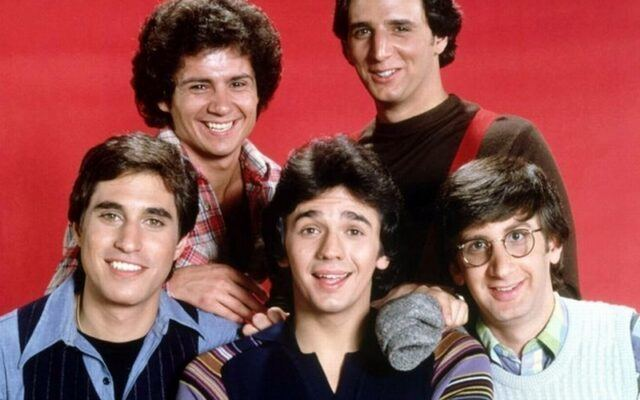
September 1974 brought CBS’s attempt at capturing Brooklyn street life. If you’ve ever wondered what happens when network executives try too hard to be “street-smart,” this was your answer. Three episodes aired amid criticism of stereotypical character portrayals and inauthentic dialogue. The show’s quick demise influenced how networks approached regional storytelling and urban authenticity for the remainder of the decade.
4. Flying High
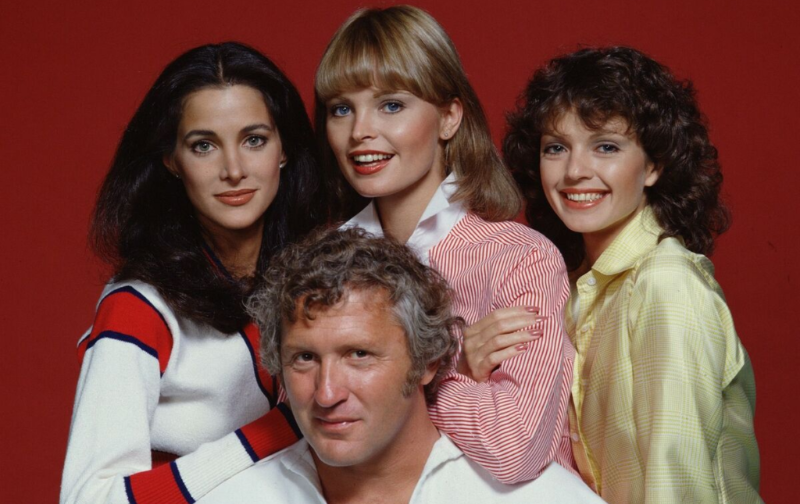
CBS premiered this airline drama in September 1978, focusing on three new Sun West Airlines flight attendants. Nineteen episodes featured extensive location shooting at Los Angeles International Airport. The network positioned the series to capture both Charlie’s Angels’ audience and growing public interest in commercial aviation. Its cancellation marked the last attempt at glamorizing the airline industry in prime time until the 1990s.
3. Dog and Cat
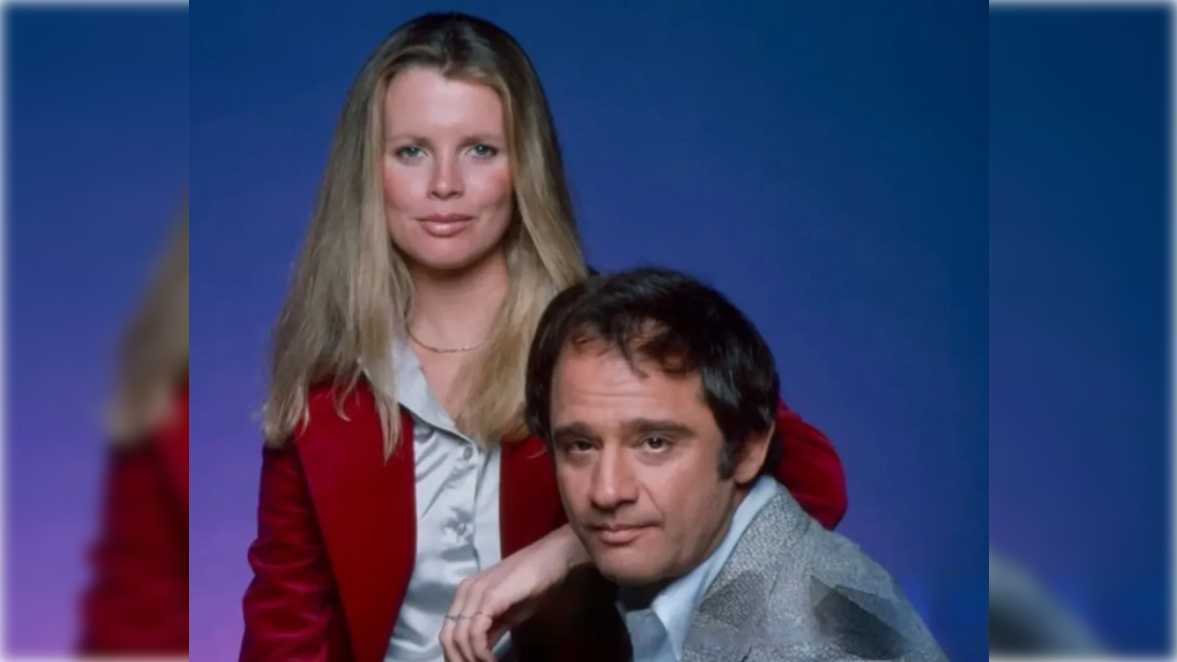
Dog and Cat paired Lou Antonio and Kim Basinger in this August 1977 police drama. Six episodes of this groundbreaking series explored the partnership between a veteran officer and his female rookie counterpart. You might be surprised to learn Dog and Cat was one of television’s earliest attempts at showcasing women in law enforcement. This short-lived series nevertheless paved the way for future female-led police dramas. If you’re a fan of the 1970s, then you might want to go through this list of 13 forgotten toys from the 1970s that might’ve faded away.
2. In the Beginning
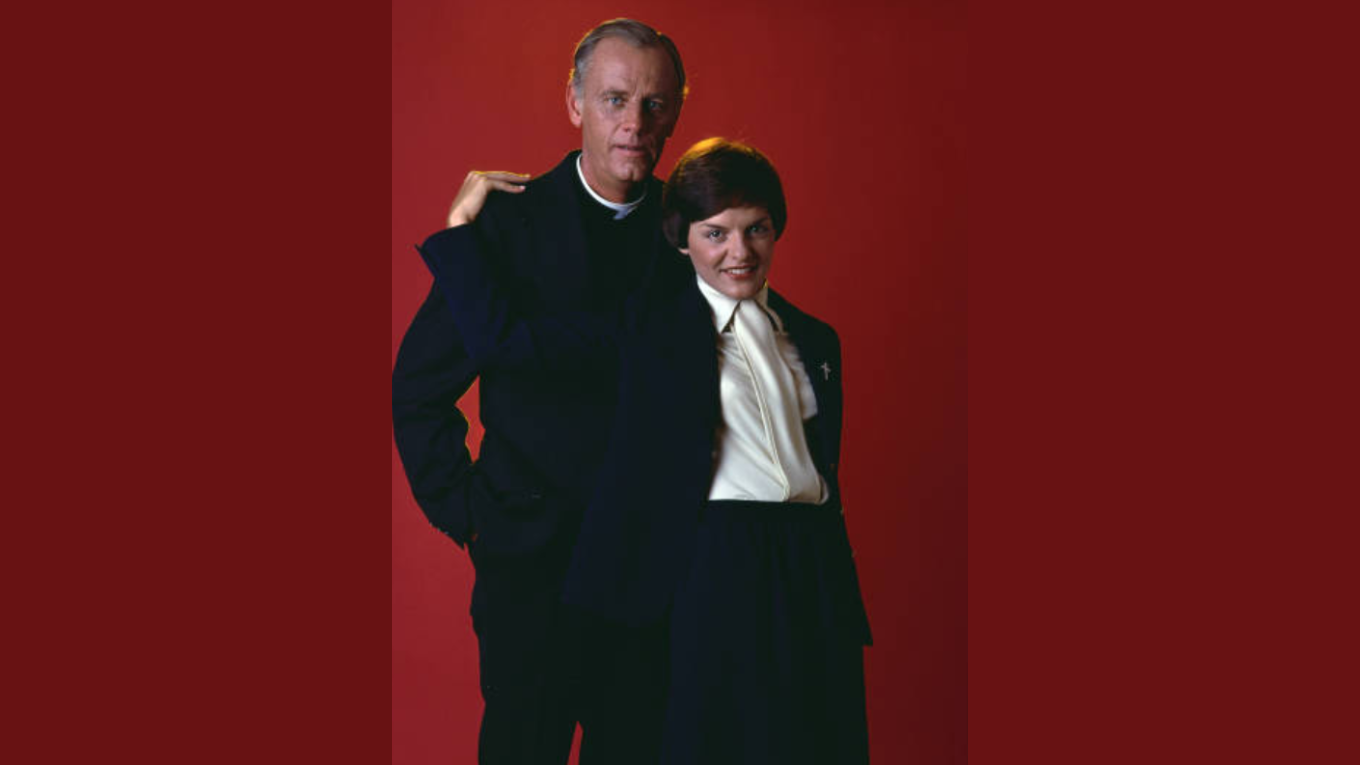
September 1978 brought McLean Stevenson’s return to CBS in this religious-themed comedy. Five episodes depicted the dynamic between a traditional priest and a modern nun running an outreach center. The Tuesday night timeslot proved challenging against established hits. The series’ failure influenced networks to avoid religious-themed comedies for nearly two decades.
1. Supertrain
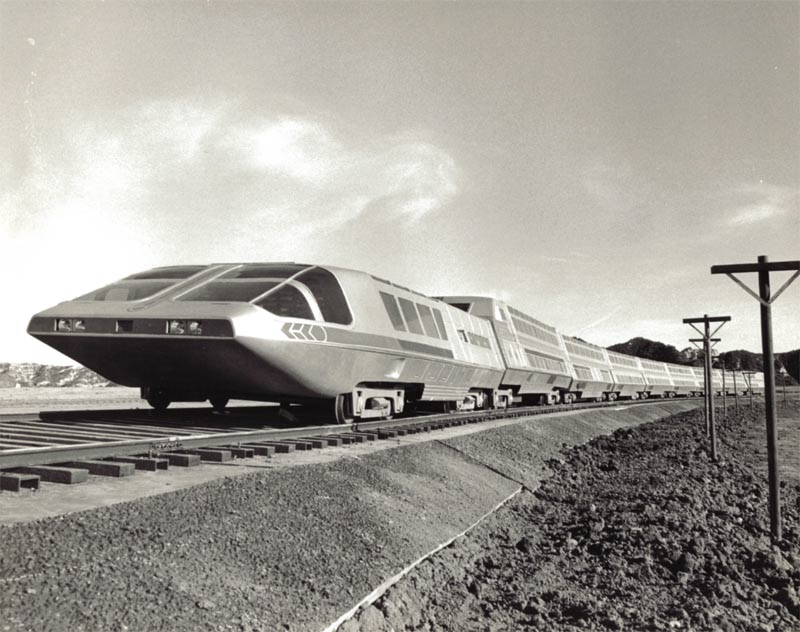
Ever wondered what would happen if The Love Boat took to the rails? NBC’s February 1979 debut introduced television’s most ambitious transportation drama. Initial production costs reached $10 million, funding a nuclear-powered luxury train complete with shopping and recreational facilities. Technical difficulties with the miniature train models caused multiple filming delays and budget overruns. The show’s spectacular failure changed how networks approached big-budget concept shows, establishing new risk assessment protocols that remain in place today.







